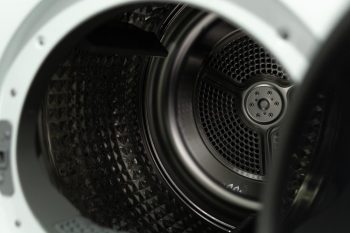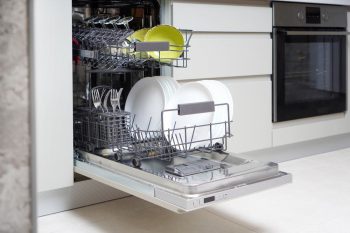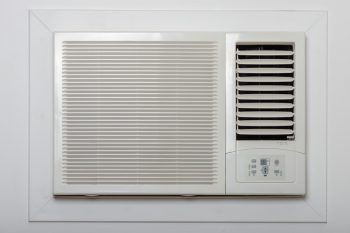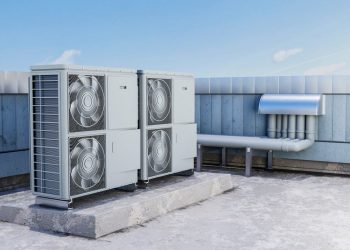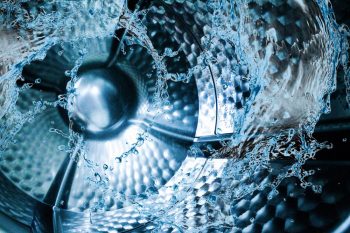
Vacuum leaks can cause a variety of problems for your vehicle, from poor fuel efficiency to engine damage. Fortunately, detecting and fixing a vacuum leak is something that you can often handle yourself. This comprehensive guide will walk you through identifying the symptoms of a vacuum leak, finding the source, repairing the leak, and preventing future leaks.
To fix a vacuum leak, first identify the symptoms such as a check engine light, strange engine noises, performance issues, backfires, rough idle, or black smoke. Locate the source of the leak through visual inspection or methods like the propane torch method. Repair the leak by replacing damaged hoses, tightening loose clamps, or replacing worn gaskets. Test the repair by starting the engine and checking for any remaining symptoms. Prevent future leaks by regularly inspecting and maintaining the vacuum system, using high-quality materials for replacements, and ensuring all connections are secure.
Identifying the Symptoms of a Vacuum Leak
The first step in fixing a vacuum leak is recognizing the symptoms. These can include:
- Check Engine Light: This can be triggered by a vacuum leak, often revealing a P0171 or P0174 code when scanned.
- Strange Engine Noises: Hissing, whining, or whimpering sounds may be audible from the engine due to the leak.
- Engine Performance Issues: The engine might hesitate, stall, or run roughly because of a vacuum leak.
- Backfires: Engine misfiring or backfiring can occur as a result of unmetered air entering the intake manifold.
- Rough Idle: Sporadic idling or high idle speed can be caused by excess air in the engine due to a vacuum leak.
- Black Smoke: Black smoke may be emitted from the exhaust because of an overly rich fuel mixture caused by a vacuum leak.
Locating the Source of the Vacuum Leak
Once you’ve identified the symptoms, the next step is to locate the source of the leak. Start with a visual inspection of the vacuum lines, hoses, and connections for any signs of wear, cracks, or damage. There are several methods you can use to find the leak, such as the bubble test, pressure decay test, pressure rise test, and helium sniffer mode.
One popular method is the propane torch method. By opening the valve of a propane torch (without igniting it), you can move the torch around the suspected leak area. If the engine’s idle speed increases, it indicates a vacuum leak.
Repairing the Vacuum Leak
Once you’ve located the leak, the next step is to repair it. This may involve replacing a damaged or cracked vacuum hose, tightening loose clamps, or replacing worn gaskets. Always replace a line with its exact match, i.e., plastic, rubber, or PVC.
Testing the Repair
After fixing the leak, start the engine and check for any remaining symptoms of a vacuum leak. If the symptoms persist, re-inspect the vacuum system for any additional leaks.
Preventing Future Vacuum Leaks
Regular maintenance and inspection can prevent future vacuum leaks. Regularly check the vacuum hoses for cracks, wear, and loose connections. Replace damaged hoses and ensure that connections are secure. Use high-quality materials when replacing vacuum hoses or gaskets, and make sure they are properly seated and tightened to prevent leaks.
Remember, vacuum leaks can cause various issues in your vehicle, so it’s essential to address them as soon as possible to avoid further damage and maintain optimal engine performance. If you’re unsure about the repair process or cannot locate the leak, it’s best to consult a professional mechanic for assistance.
By following these steps, you can successfully diagnose, repair, and prevent vacuum leaks in your vehicle.
Frequently Asked Questions
What is a vacuum leak in terms of a vehicle?
A vacuum leak in a vehicle refers to a leakage in the vacuum system, which is crucial for the car’s engine to function correctly. The vacuum system helps control the flow of air and fuel in the engine. A vacuum leak means there’s an unwanted entry or exit of air in the system, which disrupts this balance and causes various performance issues.
What is the P0171 or P0174 code?
The P0171 and P0174 codes are generic OBD-II codes indicating that the Engine Control Module (ECM) has detected a lean system, which means there’s too much air and not enough fuel in the engine’s air-fuel mixture. This can be caused by a vacuum leak.
What is the propane torch method for locating a vacuum leak?
The propane torch method involves using a propane torch (without igniting it) to locate the vacuum leak. You open the valve of the torch and move it around the suspected leak area. If the engine’s idle speed increases when the torch is in a particular area, it indicates a vacuum leak in that area.
Can a vacuum leak cause a decrease in fuel efficiency?
Yes, a vacuum leak can lead to decreased fuel efficiency. The leakage disrupts the balance of air and fuel in the engine, causing the engine to run lean (too much air, not enough fuel). This can result in poor fuel mileage.
Is it safe to drive a car with a vacuum leak?
While it’s technically possible to drive with a vacuum leak, it’s not recommended. A vacuum leak can cause serious engine damage over time, lead to poor fuel efficiency, and even cause the vehicle to stall or backfire, which can be dangerous while driving. It’s best to address the issue as soon as possible.

